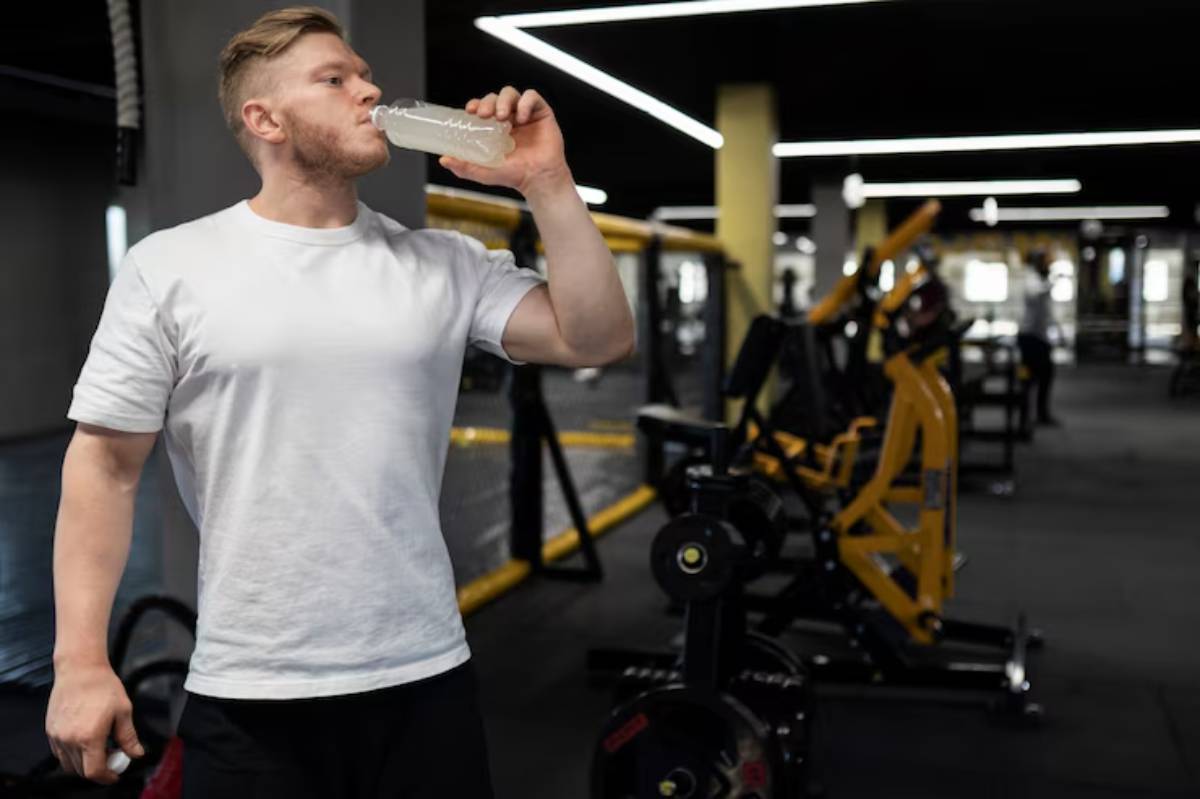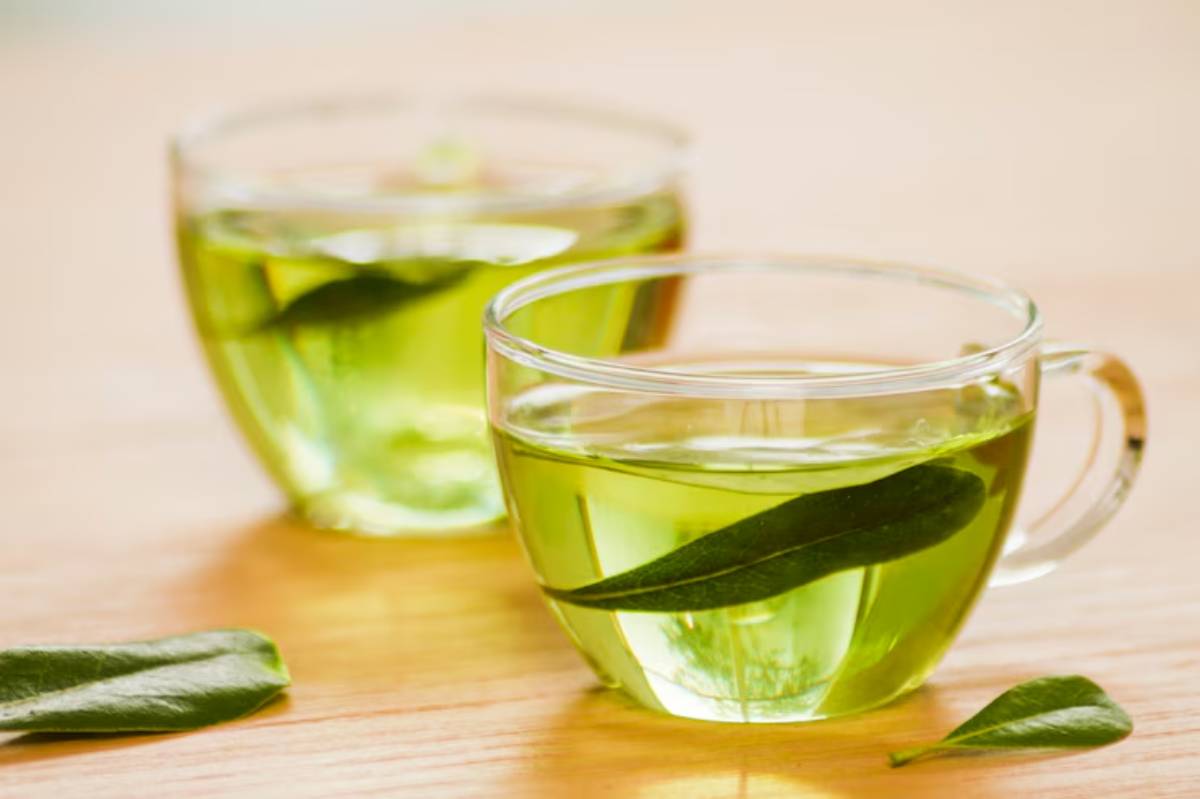
What to Look for in a Quality Pre-Workout
You’re ready to crush your workout — but before you hit the gym floor, you reach for a pre-workout supplement. The choices are endless, the promises extravagant, and the labels often confusing. So, how do you know you’re picking the right one?
In this guide, we’ll explore what truly matters when selecting a pre-workout. We’ll break down the best pre-workout ingredients, how to choose safe energy boosters, and why stimulant-free options might be a smart move for some. Whether you’re chasing personal bests or just trying to survive leg day, you deserve a pre-workout that works as hard as you do.
Why Choosing the Right Pre-Workout Matters
A quality pre-workout can:
- Boost energy and focus
- Increase strength and endurance
- Enhance blood flow and pumps
- Improve workout motivation
But a poor-quality product could lead to crashes, jitters, digestive issues, or worse — no noticeable benefit at all.
Research in the Journal of the International Society of Sports Nutrition shows that some pre-workout ingredients can improve training performance and body composition. By incorporating the right supplements, athletes and fitness enthusiasts can optimise their training sessions and achieve better results.
Understanding these components helps create better workout plans and boosts fitness results.
Best Pre-Workout Ingredients to Look For
Quality pre-workouts aren’t about fancy marketing — they’re about proven ingredients.
1. Caffeine (for Energy and Focus)

- Dose: 150-300ml Coffee
- Purpose: Enhances alertness, endurance, and strength.
- Tip: Look for natural caffeine sources like green tea or coffee bean extract.
2. L-Citrulline (for Pumps and Blood Flow)
- Dose: 6-8g of Citrulline Malate
- Purpose: Boosts nitric oxide production, enhancing muscle pumps and stamina.
3. Beta-Alanine (for Endurance)
- Dose: 3.2-6.4g
- Purpose: Buffers lactic acid, delaying fatigue.
- Note: Tingling (“paresthesia”) is normal and harmless.
4. Creatine Monohydrate (for Strength)
- Dose: 3-5g
- Purpose: Increases muscle strength, power, and recovery.
5. Tyrosine (for Mental Focus)
- Dose: 500-2000mg
- Purpose: Supports cognitive performance under stress.
6. Electrolytes (for Hydration)
- Purpose: Replenishes minerals lost in sweat; prevents cramping.
Pro Tip: Prioritise clinically dosed ingredients over “proprietary blends” that hide actual quantities.
Safe Energy Boosters: What to Watch For
Energy is great. Unsafe spikes? Not so much.
Safe Energy Sources

- Natural caffeine (green tea, yerba mate)
- Theanine + caffeine combo (smooth energy without jitters)
- Ginseng (mild adaptogenic energy)
Ingredients to Approach with Caution
- Synephrine: Strong stimulant — not ideal for sensitive users.
- Yohimbine: Can cause rapid heart rate and anxiety.
- Overdosed caffeine (>350mg): May spike blood pressure and disrupt sleep.
Rule of Thumb: If a pre-workout feels more like rocket fuel than a performance enhancer, it might not be sustainable long-term.
Considering Stimulant-Free Options
Not everyone thrives on caffeine — and that’s okay!
Benefits of Stimulant-Free Pre-Workouts:
- No jitters or crashes
- Suitable for evening workouts
- Focuses on pump, endurance, and recovery
Top Ingredients in Stimulant-Free Pre-Workouts:
- L-Citrulline
- Beta-Alanine
- Creatine
- Nitrosigine (a superior nitric oxide booster)
Real-World Story: Emma, a shift worker, switched to a stim-free pre-workout with L-Citrulline and Beta-Alanine. Not only did she sleep better, but her endurance during workouts skyrocketed.
Explore: Top Stimulant-Free Pre-Workouts for Evening Training
How to Read Pre-Workout Labels Like a Pro
Don’t get tricked by hype. Focus on:
- Transparent Labelling: Avoid “proprietary blends.”
- Clinically Dosed Ingredients: Check that key compounds are correctly dosed.
- Third-Party Testing: Look for certifications like NSF or Informed-Choice.
- Allergen Information: Check for gluten, soy, dairy if you have sensitivities.
Example: A good label clearly says “L-Citrulline Malate — 8g” rather than “Pump Matrix — 5g (blend of ingredients).”
Timing Your Pre-Workout for Best Results

- Take 20-30 minutes before training.
- Hydrate properly.
- Avoid taking high-caffeine pre-workouts too close to bedtime.
Bonus Tip: Some ingredients, like creatine and beta-alanine, work better with daily usage. Consistency is key!
Learn more: Best Practices for Pre-Workout Timing
Common Mistakes When Choosing Pre-Workouts
- Chasing the most intense one: Not always better. Sustainable energy > 20 minutes of madness.
- Skipping ingredient research: Flashy labels don’t mean quality.
- Ignoring personal tolerance: Start with half a scoop if you’re sensitive.
- Relying solely on pre-workouts: Supplements enhance hard work; they don’t replace it.
Pro Tip: Treat your pre-workout as part of a broader training and nutrition strategy.
Real-World Success Stories
Ben’s Story: Ben struggled with focus during late-night workouts. Switching to a stim-free pre-workout rich in Citrulline and Tyrosine gave him clear energy without ruining his sleep.
Sophie’s Experience: Sophie ditched her underdosed “hyped” pre-workout and switched to one with properly dosed ingredients. Her squats went up 15kg in three months, and she felt better doing it.
Lesson: Ingredients and quality matter far more than marketing buzzwords.
Myth Busting: Pre-Workout Edition
1. “More caffeine = better workout.”
Reality: Excessive caffeine can impair performance and recovery.
2. “Pre-workouts are unsafe.”
Reality: Quality pre-workouts with proper dosing are generally safe for healthy individuals.
3. “All pre-workouts are the same.”
Reality: Ingredient quality, sourcing, and formulation vary massively.
Key Takeaways:
- Prioritise clinically dosed, proven ingredients.
- Opt for safe energy boosters over extreme stimulants.
- Consider stimulant-free options if you train late or are sensitive to caffeine.
Choose Your Pre-Workout Like a Pro
Selecting the right pre-workout isn’t just about flashy promises. It’s about finding a formula that fits your goals, respects your body, and enhances your training sustainably.
Now it’s your turn! What’s been your best (or worst!) pre-workout experience? Do you have a go-to formula you swear by? Share your tips and stories in the comments — let’s help each other level up!